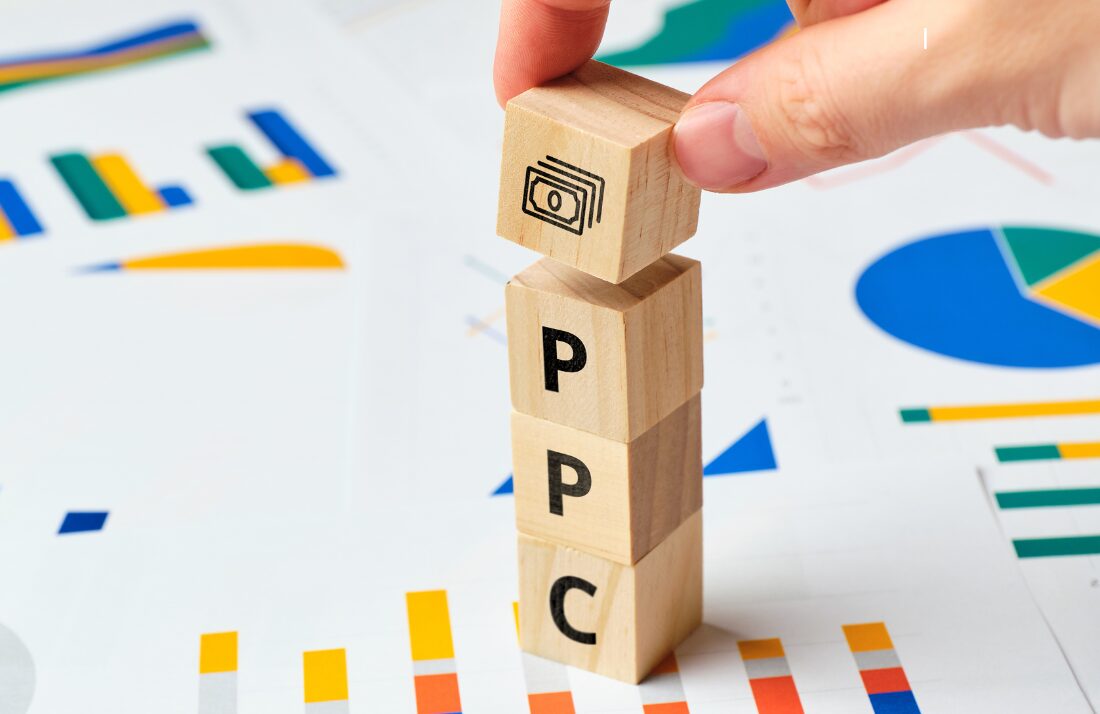Maximizing ROI with PPC Advertising: Strategies for Success

Pay-Per-Click (PPC) advertising is a powerful tool for driving targeted traffic and achieving quick results. However, without a well-planned strategy, it can quickly become costly. This guide explores effective PPC advertising strategies that can help you maximize your return on investment (ROI) and ensure your campaigns are successful. In addition, we’ll discuss how understanding digital PPC can translate to even higher ROI’s coupled with direct to consumer mail.
Understanding PPC Advertising
PPC advertising allows businesses to bid on keywords and display ads on search engines and other platforms. You pay a fee each time someone clicks on your ad. When done correctly, PPC can deliver highly targeted traffic and generate leads quickly.
Setting Clear Goals and Objectives
Before launching a PPC campaign, define your goals. Are you looking to increase website traffic, generate leads, or boost sales? Your objectives will guide your strategy and help you measure success.
Keyword Research: Targeting the Right Audience
- Relevant Keywords: Use keyword research tools to identify relevant keywords that your target audience is searching for. Focus on a mix of short-tail and long-tail keywords to capture a broad and specific audience.
- Negative Keywords: Identify negative keywords to exclude irrelevant traffic and prevent wasted ad spend. This ensures your ads are shown to the most relevant audience.
Crafting Compelling Ad Copy
- Attention-Grabbing Headlines: Write headlines that capture attention and clearly convey your value proposition.
- Engaging Descriptions: Use the description space to provide more information and include a call to action (CTA) that encourages users to click.
- Ad Extensions: Utilize ad extensions to provide additional information such as site links, call buttons, or location details, making your ad more informative and appealing.
Landing Page Optimization
- Relevance: Ensure your landing page is relevant to the ad and provides a seamless user experience. The content should match the ad copy and fulfill the user’s search intent.
- Speed and Mobile-Friendliness: Optimize your landing page for speed and ensure it is mobile-friendly. A slow or non-responsive page can lead to high bounce rates and wasted ad spend.
- Clear CTAs: Include clear and compelling calls to action that guide users towards your desired outcome, whether it’s making a purchase, filling out a form, or signing up for a newsletter.
Monitoring and Adjusting Your Campaigns
- Track Performance: Use analytics tools to track the performance of your PPC campaigns. Monitor key metrics such as click-through rates (CTR), conversion rates, cost per click (CPC), and return on ad spend (ROAS).
- A/B Testing: Regularly conduct A/B testing on your ads and landing pages to identify what works best. Test different headlines, ad copy, images, and CTAs.
- Adjust Bids: Adjust your bids based on performance data. Increase bids for high-performing keywords and reduce bids for underperforming ones to optimize your budget.
Utilizing Retargeting Strategies
- Retargeting Ads: Implement retargeting ads to reach users who have previously visited your website but did not convert. These ads remind them of your products or services and encourage them to return and complete the desired action.
- Dynamic Retargeting: Use dynamic retargeting to show personalized ads based on the products or services users viewed on your site, increasing the chances of conversion.
Leverage Your PPC for Direct To Consumer Mail
By now you’re probably wondering how focusing and optimizing your digital marketing spending can help you in a direct-to-consumer mailing campaign. The truth is, digital marketing and direct mail are not mutually exclusive; they can complement each other to create a robust, multi-channel strategy.
- Refining Messaging through Digital Insights:
- A/B Testing: Use digital A/B testing to determine the most effective ad copy, headlines, and calls-to-action, then apply these insights to your direct mail campaigns for higher engagement.
- Consumer Preferences: Analyze digital performance to understand what language, tone, and offers resonate with your audience, ensuring your direct mail content is compelling and relevant.
- Targeting the Right Audience:
- Audience Segmentation: Utilize detailed analytics from digital campaigns to segment your audience by behavior, demographics, and preferences, allowing for precise targeting in your direct mail efforts.
- Custom Audiences: Create custom audiences based on digital insights, such as purchase history and engagement levels, to enhance the effectiveness of your direct mail campaigns.
- Timing and Multi-Channel Synergy:
- Seasonal Trends: Use digital performance metrics to identify peak engagement periods and time your direct mail drops accordingly, maximizing response rates.
- Integrated Campaigns: Combine digital and direct mail strategies to create a seamless, multi-channel experience, using digital channels to drive awareness and direct mail to reinforce messages and drive action.
Conclusion
Maximizing ROI with PPC advertising requires a strategic approach and continuous optimization. By setting clear goals, conducting thorough keyword research, crafting compelling ad copy, optimizing landing pages, and monitoring performance, you can create successful PPC campaigns that drive targeted traffic and achieve your desired outcomes. Additionally, this gives you in depth insight into your ideal consumer allowing you to make precision targeting efforts with your direct-to-consumer mailing campaign. Combining both your digital and physical presence builds your consumers trust, creates lasting brand recognition, and ultimately increases your ROI.
We Are Here To Help You
If you have more questions or if you ever need help navigating the world of advertising local business, please feel free to reach out. We are here for you Colorado. Together we grow.
CONTACT
- Direct Connect
- (720) 912-8070
- info@qcmarketing.com
- Mailing Address
- P.O Box 461060
- Aurora, Colorado 80046


